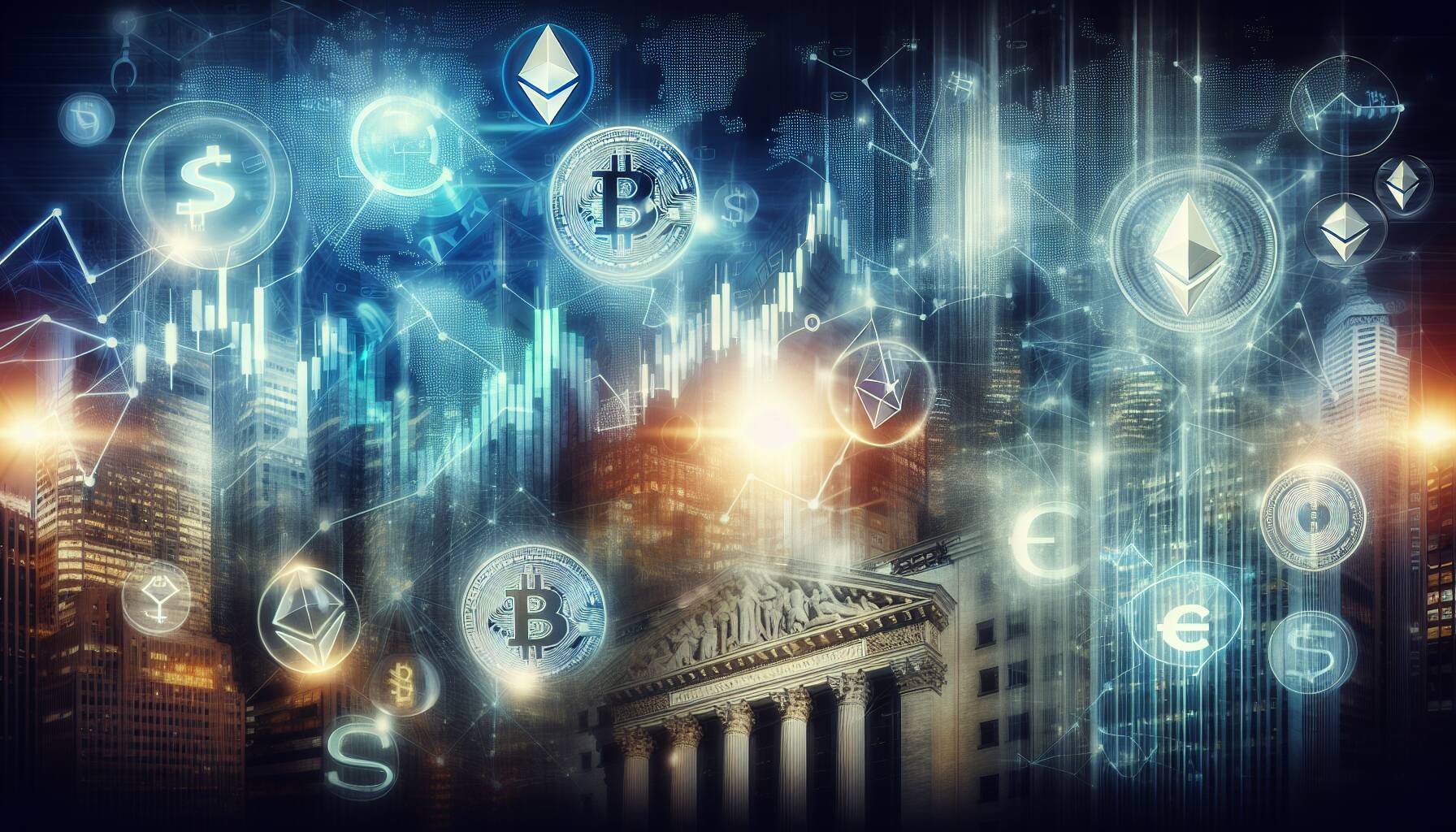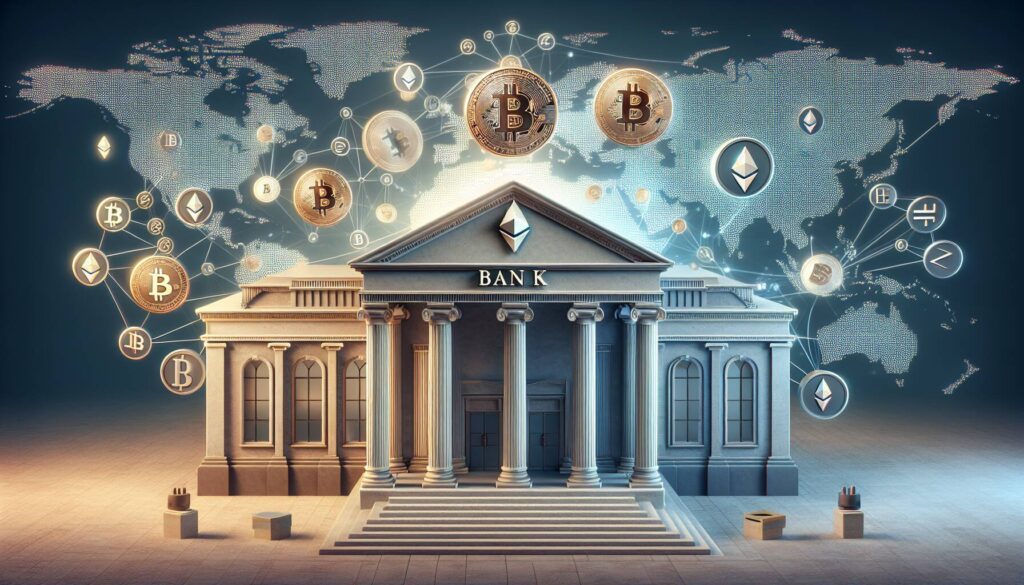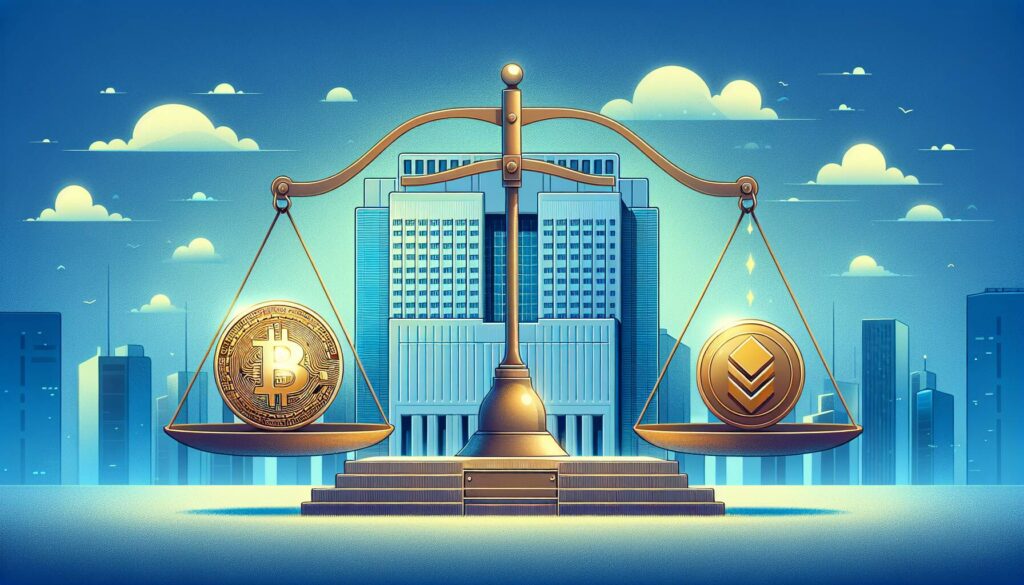The cryptocurrency landscape is experiencing a significant shift, with predictions indicating a potential rebalancing away from Asia’s dominance towards institutions based in the U.S. and Europe. This transition highlights a growing trend where non-market maker institutions are expected to play a more prominent role in the market.
As the global financial scene continues to evolve, the influence of Asian exchanges has been a pivotal factor in the cryptocurrency trading ecosystem. However, analysts note that as regulations tighten and the demand for transparency increases, institutions in the U.S. and Europe are positioning themselves to capture a larger share of the market.
This emerging trend reflects a broader move toward institutional adoption of cryptocurrencies, suggesting that players in the U.S. and Europe are gearing up to meet growing investor interest while navigating their own regulatory landscapes.
With these developments, the cryptocurrency sector promises to become more robust, as institutional participation is often associated with improved market stability and enhanced credibility. Stakeholders are closely watching how this expected rebalance may reshape trading volumes, liquidity, and the overall market dynamics in the coming months.

The Shift in Market Dynamics
The exchange’s expectation of a rebalance from Asia’s dominance has several implications for market participants.
- Increased Market Diversity:
- This shift may lead to a broader range of investment opportunities for individuals in the U.S. and Europe.
- Potential for greater innovation in financial products as more players enter the market.
- Impact on Trading Strategies:
- Traders may need to adapt their strategies to account for changing liquidity and market behavior.
- A focus on non-market maker institutions could lead to different pricing dynamics.
- Regulatory Changes:
- As the balance shifts, regulatory frameworks may evolve to accommodate new market participants.
- This could affect compliance requirements for traders and institutions.
- Investor Sentiment:
- Changes in dominance may alter investor confidence and market stability.
- Increased transparency from diverse participants could enhance trust in the market.
Revolutionizing the Trading Landscape: A Shift from Asia to Western Institutions
The recent announcement from the exchange highlights a notable shift in the trading arena, prioritizing a rebalance towards U.S. and European non-market maker institutions, leaving the dominant Asian players in the backdrop. This move signals a transformative time in market dynamics, where Western institutions could gain significant leverage and influence over trading volumes and liquidity.
One of the competitive advantages of this shift is the potential for increased stability in trading mechanisms. U.S. and European institutions often boast robust regulatory frameworks and risk management practices, which could lead to more trustworthy trading environments. Furthermore, this transition may attract more institutional investors from the West, enhancing overall market confidence and participation.
However, this pivot comes with its challenges. The withdrawal of focus from Asia could lead to decreased liquidity in those markets, and the cultural nuances of trading practices may pose hurdles for Western institutions attempting to penetrate these diverse markets. Additionally, firms in Asia could experience a competitive disadvantage if they are unable to adapt quickly to these changing dynamics, leading to potential losses in market share.
This shift could benefit a variety of stakeholders, particularly investors in the U.S. and Europe who may see an influx of innovative trading products and services tailored to local preferences. Conversely, it could create problems for companies that have historically relied on Asian markets, as they might struggle to maintain footholds in an evolving landscape that favors Western dynamics. Those who can leverage emerging technologies and align with the new market preferences will likely thrive, while others may find themselves on the sidelines as the trading ecosystem continues to evolve.

















